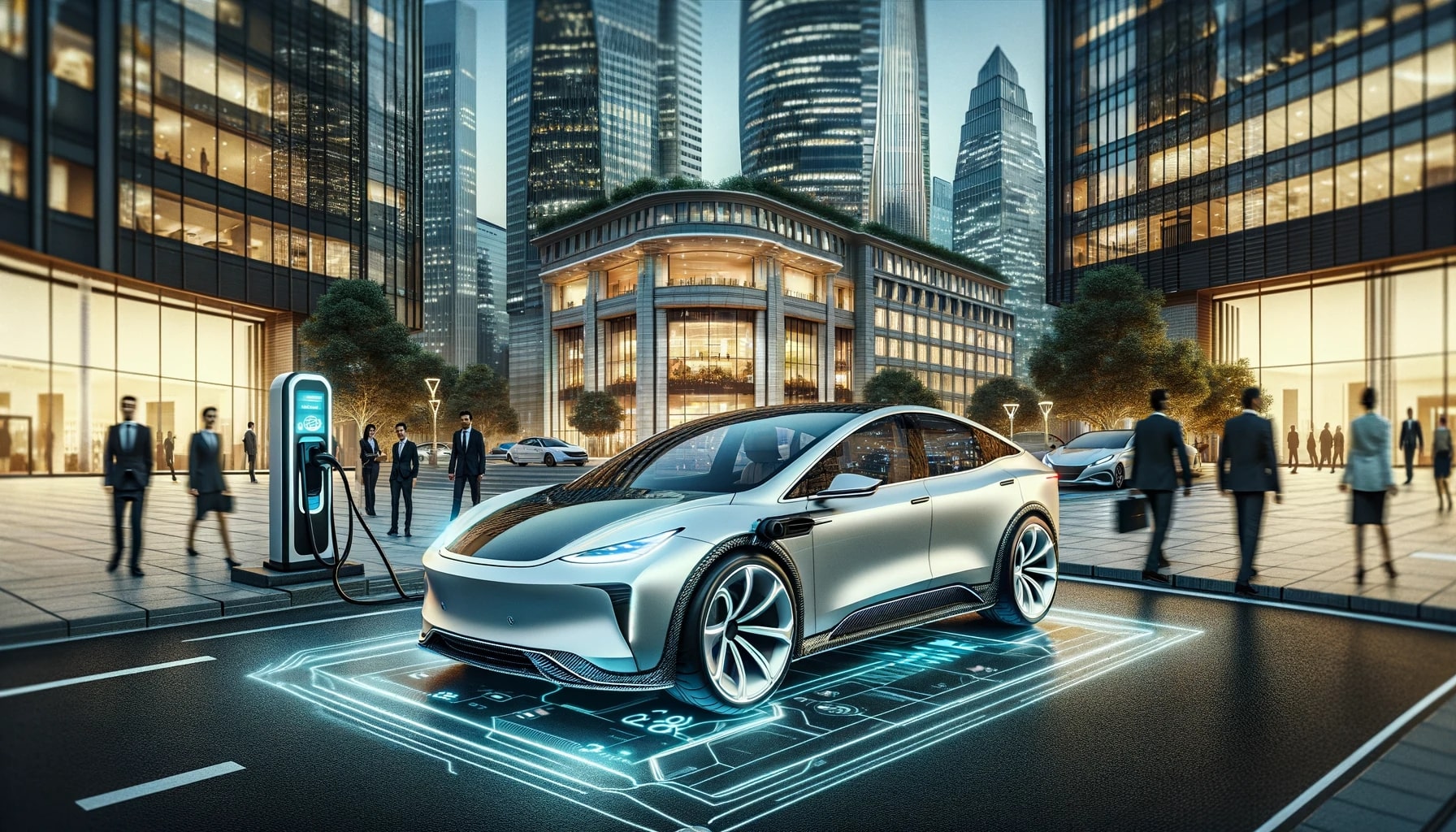Tesla has made a significant move by inaugurating its first store in Santiago, Chile, bringing its electric vehicles (EVs) directly to South American consumers. With the opening of this store, Chileans are getting their first up-close experience with Tesla’s line-up, amidst a region where electric vehicle adoption is still in its infancy. The electric car maker’s arrival could be a catalyst for change in a continent where EV sales are starting to gain momentum.
Tesla’s Entry into Santiago
Opening the Santiago store marks Tesla’s physical presence in South America, a strategic step for the company in a market with significant growth potential. Despite the current limited EV adoption in the region, analysts are optimistic about the future, citing 2022 sales figures of almost 20,000 EVs in Brazil as an indicator of latent demand for cleaner transportation options. Tesla’s presence could help address the lack of EV infrastructure and boost market confidence.
The Growth Potential of EVs
The primary barrier to widespread EV adoption in South America is the pricing. Experts from BloombergNEF believe that once the prices of EVs align with those of internal combustion engine vehicles, sales are likely to surge. Tesla’s recent store launch follows its announcement earlier in January, indicating a calculated approach towards tapping into the South American market.
Tesla has introduced the Model 3 and Model Y at its Chilean store, with the pricing set at 39,900,000 and 42,900,000 Chilean pesos respectively. In USD, this translates to $41,895 and $45,045, with deliveries expected to commence in the coming months of April and May.
The long-term impact of Tesla’s venture into the Chilean market on the broader acceptance of EVs is yet to be seen. The current cost of electric vehicles is approximately four times that of traditional fossil fuel-powered cars in Chile, which could pose a challenge to Tesla’s success in the region.
Tesla’s bold move into Chile establishes a vital foothold in South America and may drive further electrification initiatives across the continent. As Tesla’s electric vehicles hit the streets of Santiago, the question remains whether this will spark a wider transition to sustainable transportation in a market ripe for change.










